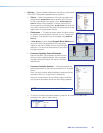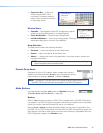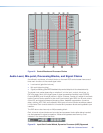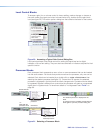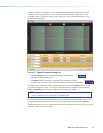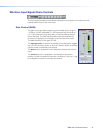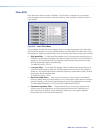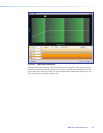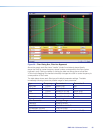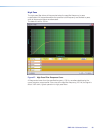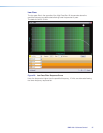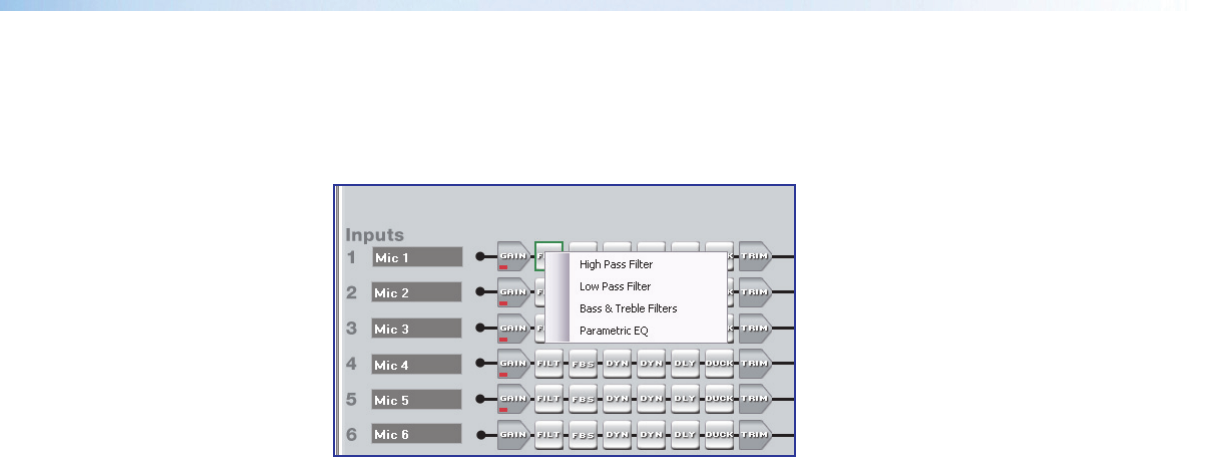
Filter (FILT)
Each filter block allows a total of five filters. The first filter is inserted from a processor
list that appears when the block is double-clicked or via a context list when the block is
right-clicked.
Figure 23. Insert Filter Menu
Once inserted, double-click the processor block to change parameters of the filter. After
the first filter is inserted, up to four additional filters may be added to the filter block using
the dialog box. Select the desired filters from the following list using the drop-down boxes:
• High pass filter — A high pass filter passes a band of frequencies extending from a
specified cutoff frequency (greater than zero) up toward the high end of the frequency
spectrum. All frequencies above the specified cutoff frequency are allowed to pass,
while all frequencies below are attenuated.
The default cutoff is 100 Hz.
• Low pass filter — A low pass filter passes a band of frequencies extending from a
specified cutoff frequency (less than infinite) towards the lower end of the frequency
spectrum. All frequencies below the specified frequency are allowed to pass, while all
frequencies above are attenuated.
The default cutoff is 10 kHz.
• Bass and treble filters — Also known as shelving or tone controls, the separate
bass and treble filters provide the ability to cut or boost gain linearly above or below a
specific frequency, with the end-band shape giving the visual appearance of a shelf.
The bass default frequency is 100 Hz and the treble default is 8 kHz.
• Parametric equalizer filter — The parametric filter is a frequency equalizer that
offers control of all parameters, including amplitude (the amount of gain/boost or
gain reduction/cut applied), center frequency (frequency), and range of affected
frequencies (Q) around the center frequency.
DMP128 • Software Control 32





